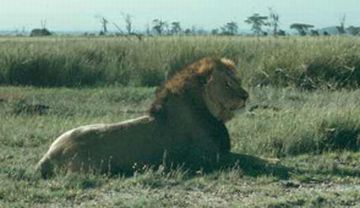
Conservation Efforts of conserving a ranch in southern Kenya have helped the lion population there rebound in an “extremely encouraging” manner, according to an African predator expert. In an otherwise dismal situation for lions in the Mount Kilimanjaro, this positive trend is surely a bright spots, Laurence Frank, a wildlife biologist at the University of California, Berkeley thinks.
Even, less than a year ago, the Maasai warriors seemed to be obliterating the southern Kenya’s lion population, Frank reported. In 2006, shockingly, a total of 32 lions were killed in the region. As Frank explained, the big cats are speared — thanks to manhood ritual, but were poisoned to prevent livestock predation.
Director of the Living With Lions project in Kenya, Frank said,
We’ve made remarkable progress in a short time. The lions seem to be doing better where we and our partners are working.
The project aims at reversing the dramatic decline in the lion populations outside the African country’s national parks and game reserves. The project works closely with several southern Kenyan groups.
Tom Hill, a New York philanthropist and Richard Bonham are heading the Mbirikani Predator Compensation Fund and Maasailand Preservation Trust. Bonham runs Ol Donyo Wuas tourist lodge on the communally owned Mbirikani Group Ranch.
When lions and other predators kill the livestock of the Maasai herdsmen, it is the privately funded compensation fund that reimburses the demages. According to the fund operators, the compensation removes the financial burden as well as the emotional tension the loss creates.
Frank believes that the compensation program is the most important factor in the lion population’s rebound on the group ranch, covering 500 square miles (1,300 square kilometers).

